- Products
- All Products
- RF PA Extension Kit
- Wireless Microphone Upgrade Packs
- In-Ear Monitor Upgrade Packs
- Wireless Microphone Antennas
- Wireless In-Ear Monitor Antennas
- Antenna Distribution for Microphones
- Antenna Combiners for In-Ear Monitors
- Multi-Zone Antenna Combiners
- Spectrum Tools
- Accessories, Cables and Parts
- Solutions by Venue
- Resources & Training
- Performance Tools
- About Us
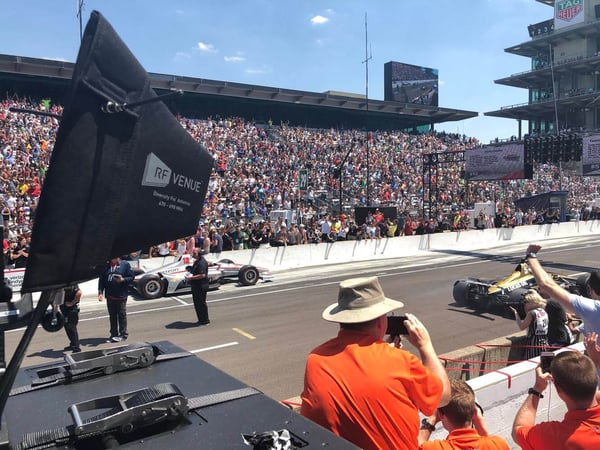
Diversity Fin® antenna perched above the Indy 500
As the world of professional audio becomes more and more dependent on wireless audio, setting up your receiver antennas properly cannot be overlooked. When dealing with radio frequencies, considerations of antenna distance, spacing, orientation, and what to avoid are all factors that need to be considered.
Distance
The most frequently asked questions in wireless are about distance, range, coverage areas etc. The distance between your microphone transmitters and receivers plays a major role in antenna placement. Too close, and you can develop intermodulation issues or overload the receivers with too much signal. Too far, and you can experience drop outs. To avoid these issues, you must determine a proper selection and placement for antennas as well as the transmit power settings on your mics.
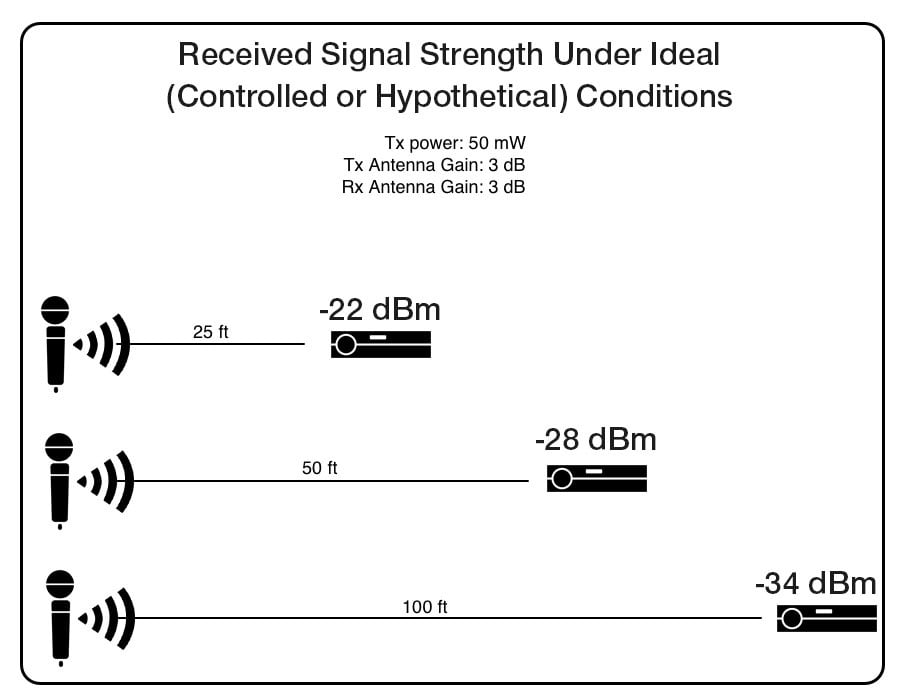
Hypothetical received signal levels at various distances at 50 mW, see free path space loss post
Minimum Distance - Modern wireless microphone receivers are very sensitive, and it is easy to overload the front end with a transmitter at a close proximity. It is advised to keep a minimum distance of 5 meters (16.4 ft). This will help prevent intermodulation variants in the receiver. Be sure to monitor your receivers' RF input levels, to prevent signal clipping. This can be done at the front of the receivers by checking RF meter levels or watching for overload alarms. A common cause for overloading receivers with too much signal is running mic transmitters set to their highest transmit power, at too close a range, into amplified directional antennas set to max gain. It is also recommended to have a spectrum analyzer running at all times patched into your wireless system so you can get an 'at a glance' view of performance conditions.
Maximum Distance - On the other hand, maximum distance is a much more complex variable to consider. Distance is determined by the transmitter's power (< 10, 10, 30, 50+ mW typically), receiver sensitivity, RF environment (noise floor), objects obstructing line of sight, and orientation of the receive antenna to the transmitters plane. For best practice, it is advised to keep the distance between the transmitter and receiver to a minimum. If need be, run longer audio cables and alternatives over longer antenna cable and transmission lengths. Selection of antenna type may also improve your distance of reception. Using circularly polarized antennas could help performance applications where long range is required like in arenas or stadiums.
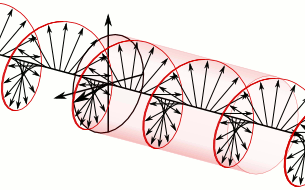 "Corkscrew" polarization of a circularly polarized antenna
"Corkscrew" polarization of a circularly polarized antenna
Polarization diversity antennas like the Diversity Fin also help multi-path signal cancellations considerably- increasing range or signal quality over fixed paddle antennas. Circularly polarized antennas like the CP Beam have a narrower coverage angle, and this could help pinpoint your area of coverage over distance in a more precise way. The practical tradeoff in helical antennas versus the Diversity Fin or paddle antennas is their relative size. Helicals in general offer greater directionality, gain and have certain unique performance benefits, but are much larger to deploy on two stands than alternatives.
Spacing
The general rule of thumb is to keep your antennas separated by a minimum of one quarter wavelength (in the UHF band for wireless mics that's minimum 6 inches apart at 500 MHz) to ensure proper diversity performance. Anything with a distance beyond one quarter wavelength is negligible. The most important rule of thumb in antenna placement is to keep line of sight between all your antennas and transmitters for optimal performance.
Orientation
The orientation of your antennas should always match or be as close to the same plane as the transmit. When the receiver plane is out of polarization from the transmitted frequency, you can experience drop outs. To avoid drop outs, make a decision based on the purpose and position of the transmit. Orientation does not affect multi-polarized antennas like Diversity Fin or helicals like the CP Beam.
Things to Avoid
-
Large metal objects
-
Excessive number of antennas (use antenna distribution to help prevent interference issues).
-
Long runs of antenna cable without appropriate in-line amplification
-
Keep away from power equipment and other devices that radiate high levels of EMI (electro magnetic interference). Keep this in mind for antennas, antenna cable, and receivers.
-
Large numbers of people in between transmit and receive antennas
-
Extreme distances between receiver and transmitter
For further information please check out our Antenna Placement Webinar
Tag(s):
Don Kuser
Active wireless & communications engineer supplying services for tours, award shows, broadcast & sporting events.
More from the blog
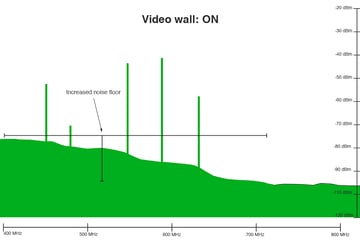
Knowledge Guides
What to do when the wireless just won’t work
7 min read
| May 15, 2019
Read More
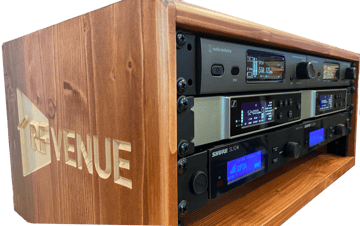
Debunking Analog vs. "Digital Wireless" Microphones
5 min read
| June 23, 2021
Read More
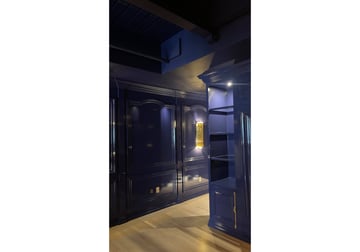
Knowledge Guides
RF Venue wireless audio essentials deliver invisible performance at The Jacquelyn
8 min read
| October 23, 2024
Read More
Subscribe to email updates
Stay up-to-date on what's happening at this blog and get additional content about the benefits of subscribing.

